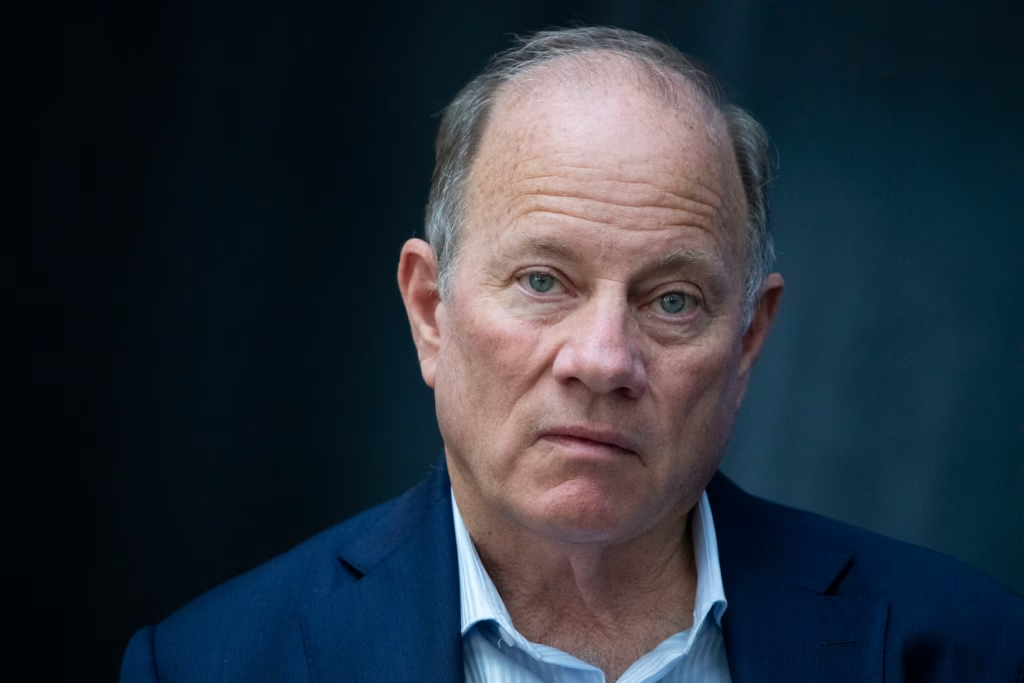Detroit has long been associated with economic struggles and urban decline. Yet under its outgoing mayor, the city has shown remarkable signs of recovery. Strategic leadership, investment in infrastructure, and community engagement have combined to create a blueprint for big-city revitalization.
The mayor’s tenure emphasized economic development. Programs aimed at attracting businesses, supporting local entrepreneurs, and revitalizing neighborhoods transformed once-neglected areas into hubs of activity. Vacant lots became community spaces, and old industrial sites were repurposed for modern use.
Infrastructure improvements played a major role. Streets were repaired, public transit upgraded, and green spaces expanded. These changes enhanced quality of life for residents while making Detroit more appealing to investors and visitors alike. Urban planning focused on sustainability, ensuring that growth would be long-lasting.
Public safety initiatives also contributed to the city’s comeback. Crime reduction strategies, community policing, and social programs strengthened neighborhoods. Residents felt safer, which encouraged commerce and revitalization. Safety improvements reinforced confidence in Detroit’s resurgence.
Cultural and civic engagement were key priorities. Festivals, arts programs, and public events energized communities. These initiatives not only enhanced Detroit’s image but also fostered social cohesion. Residents became active participants in shaping their city’s future, reinforcing a sense of pride and ownership.
Education and workforce development received significant attention. Programs to improve schools, vocational training, and job placement helped prepare residents for emerging economic opportunities. By investing in human capital, the city ensured that growth would benefit all sectors of society.
Economic metrics reflect this progress. New businesses, increased property values, and higher employment rates illustrate the city’s upward trajectory. Small and medium-sized enterprises flourished, and major corporations considered Detroit a viable destination for expansion. These signs of economic health demonstrate the effectiveness of targeted policies.
The mayor’s leadership style emphasized collaboration. City officials worked closely with community groups, business leaders, and state agencies to align goals and resources. This cooperative approach enabled the city to tackle complex challenges while maintaining transparency and accountability.
Detroit’s comeback also highlights the importance of resilience. The city faced decades of decline, yet strategic planning and consistent effort reversed negative trends. Residents, business owners, and policymakers collectively contributed to this transformation, showing that urban revitalization is possible even in the face of long-standing obstacles.
The outgoing mayor leaves a legacy of action and results. While challenges remain, the foundation for sustained growth is solid. Future leaders can build upon successful initiatives in infrastructure, economic development, and civic engagement to continue Detroit’s upward trajectory.
Detroit’s story provides a model for other major cities. It demonstrates that urban revitalization requires more than financial investment; it needs visionary leadership, community involvement, and a commitment to long-term planning. Cities facing economic or social challenges can learn valuable lessons from Detroit’s experience.
Residents’ optimism reflects the city’s progress. Community pride and active participation are tangible indicators that the mayor’s policies resonated with citizens. These social and cultural gains are as significant as economic recovery in shaping the city’s future.
Ultimately, Detroit’s transformation under its outgoing mayor underscores the power of leadership, planning, and collaboration. Urban revitalization is a complex process, but Detroit proves it is achievable when strategies are coordinated, communities are engaged, and governance focuses on sustainable growth.
Detroit’s ongoing recovery shows that even cities with difficult pasts can become vibrant centers of commerce, culture, and community. The city’s experience highlights a roadmap for other municipalities seeking to revive their urban landscapes while improving residents’ quality of life.



